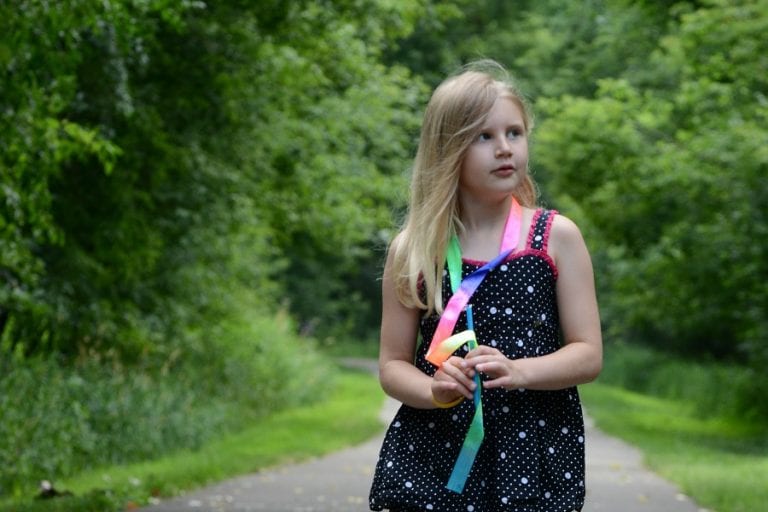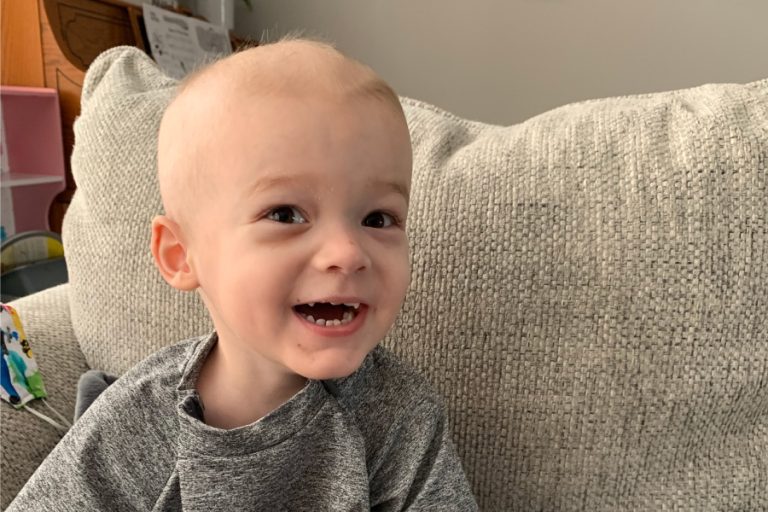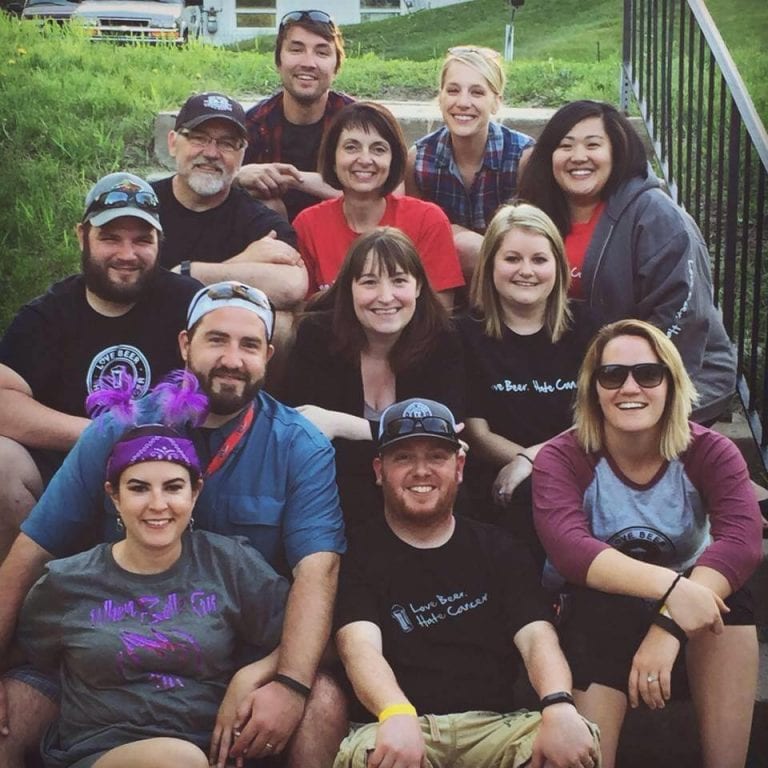Osteopetrosis is a big word for such a little guy, and yet Joseph, now just a little over a year old, has had that word attached to him since he was eight months old. Osteopetrosis is a rare, inherited disorder in which the bones become dense and harden because the body doesn’t shed old bone tissue. In severe cases, patients can experience stunted growth and deformity, in addition to increased fractures and bone infections.
Sometimes, osteopetrosis can cause an enlarged spleen, kidney problems, anemia and bone marrow failure. It can even lead to blindness, facial paralysis and deafness due to increased pressure on nerves. Without a bone marrow transplant, most children will not live to the age of 10.
For Joseph, gastrointestinal issues were the first sign that something was wrong, according to his mother, Kim. Despite the temptation to attribute the symptoms to normal childhood allergies, she knew in her heart that it was more. Treatment after treatment failed to relieve Joseph’s symptoms. It was a neurologist who finally made the official diagnosis, which devastated the family.
“Our reaction was shock,” said Joseph’s father, Pat. “It was very emotional. We immediately got on the Internet and began researching osteopetrosis, its outcome and its treatment. We kept hoping the diagnosis was wrong.”
Referred to the University of Minnesota by their physician in Rochester, N.Y., the family began working with Dr. Paul Orchard, assistant professor and Medical Director of the Inherited Metabolic Storage Disease program at the university. Dr. Orchard is one of the most experienced doctors in the world at treating osteopetrosis patients, and the family felt this was the best place for Joseph.
“Joseph was a trooper through the whole thing”
Joseph was admitted to the University of Minnesota Children’s Hospital on December 26, along with his favorite froggy blanket, and began receiving inpatient chemotherapy. He also received one day of very targeted radiation. “Joseph was a trooper through the whole thing,” wrote his parents on their CaringBridge Web site. “He still remains a very happy baby.”
Joseph received his bone marrow transplant on January 5th, 2011, from an unrelated 26-year-old female donor who was a 100 percent match. Twenty-eight days after his transplant, Joseph was released to the Ronald McDonald House to await a therapeutic boost of stem cells.
“This was specifically designed for osteopetrosis patients,” said Dr. Orchard. “They get a ‘boost’ of donor stem cells on day 42 to help with engraftment. Due to the abnormal bone in these patients at the time of transplant, we think there may be areas in the bone marrow that aren’t able to benefit from the first round of stem cells. Once engraftment has begun, these areas become more stabilized and a second round of stem cells may ensure better engraftment through more of the patient’s bone marrow.”
Kim said the most difficult part of the experience was watching Joseph laboring to breathe with the post-transplant mucositis, which lasted about two weeks, and the high fever at five weeks after the transplant. Thankfully, however, the transplant seems to have preserved some of Joseph’s eyesight, which was a big concern of the physicians and his parents. To parents facing a diagnosis of osteopetrosis, Kim said, “Have patience, and be prepared for it to get worse before it gets better.”
A donation to further research
In April of 2011, Joseph was well enough for the family to return to Rochester. They will travel back to the University of Minnesota for regular check-ups for several years. Now passionate about the importance of research, the family donated some of Joseph’s blood and a skin biopsy for future childhood cancer research.
As they continue on this journey, Pat’s dreams for his son are simple. “I hope he gets to live a happy, healthy, normal life,” he said. And what about that froggy blanket? “That blanket’s not going anywhere until Joseph’s 30,” he laughed.




